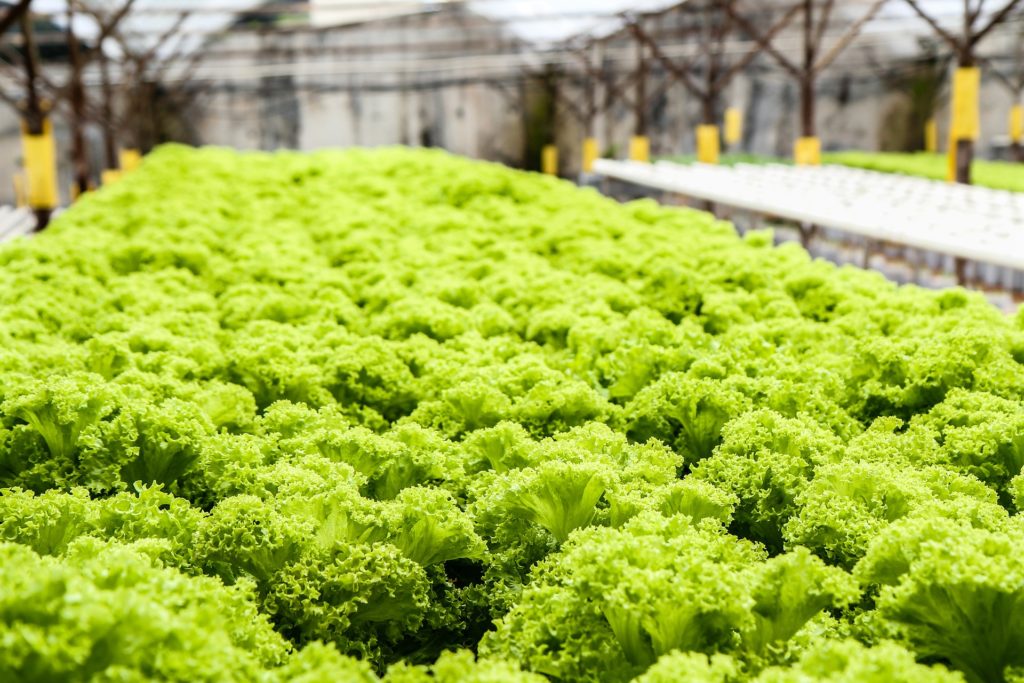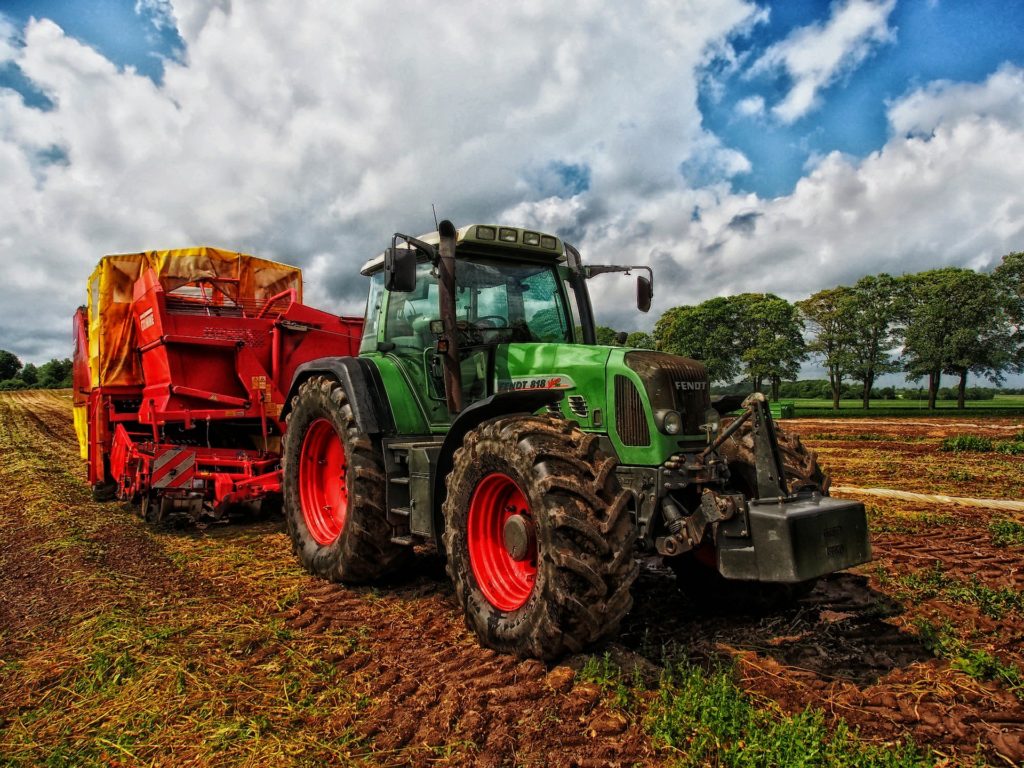Aquaponics vs Traditional Gardening
There are many differences between aquaponics and traditional gardening, the most obvious one being the ability to raise aquatic life in an aquaponics system.
Typically speaking, traditional gardening or farming involves working the land or utilizing planters, pots, beds, or some type of housing or form to hold soil to grow plants in. That is the main difference between the two. Traditional gardening or farming utilizes soil and aquaponics does not.
But don’t be mistaken, soil is not a bad thing. Not at all. In fact, it is one of the most essential things on Earth. Much of the life that exists on this planet requires soil to live and prosper. But being able to cultivate things without soil gives people the flexibility to grow food in a variety of different ways.
Advantages of Aquaponics
-
Water conservation – Because of the closed-loop system utilized in an aquaponics setup, water is used directly by plants efficiently and without worry of run-off or misuse.
-
Minimal waste – All inputs(fish food or other additives) are consumed, recycled, or utilized by the plants and organisms within the aquaponics system, with very little excess waste.
-
Space efficient – Unlike in traditional gardening or farming, aquaponics is not limited as much by square footage. Grow areas and fish tanks can be arranged in different ways, horizontally or vertically, to take advantage of a specific space.
-
Scalable – Aquaponics can be designed modularly, allowing the use and design of a system that can be scaled down to a small indoor apartment or up to large scale commercial endeavors, depending on a grower’s needs.
-
Can be done almost anywhere – Through aquaponics, plants and aquatic life can be grown or raised almost anywhere as long as there is energy to run the system (solar power or electricity), access to water, and sunlight for the plants.
-
Sustainability – Many qualities of growing aquaponically make it a sustainable alternative to traditional growing, including water conservation, efficient use of nutrients, minimal waste, natural and organic fertilization, and more!
-
High Density Output – Food can be grown in higher density per square foot compared to traditional growing methods because of the concentration of nutrients in the water as well as the efficient use of space in an aquaponics design.
-
Less Weeds – Since aquaponics does not utilize soil, can be designed off the floor and in ways to minimize space for weeds to take hold, weeds have a hard time finding a space to grow in an aquaponics system.
-
Easy Maintenance – If designed right, an aquaponics system requires little maintenance and can be made very simple and easy.
Disadvantages of Aquaponics
-
High initial cost – The initial investment in an aquaponics system can be costly, especially compared to traditional gardening or even farming.
-
Requires some type of energy to run equipment – Unlike traditional gardening or farming, an aquaponics system needs power in order to operate one of the essential components of the system; the water pump.
-
Mechanical failures can have extreme consequences – failure of the water pump in an aquaponics system can be fatal for fish, and potentially plants as well.

